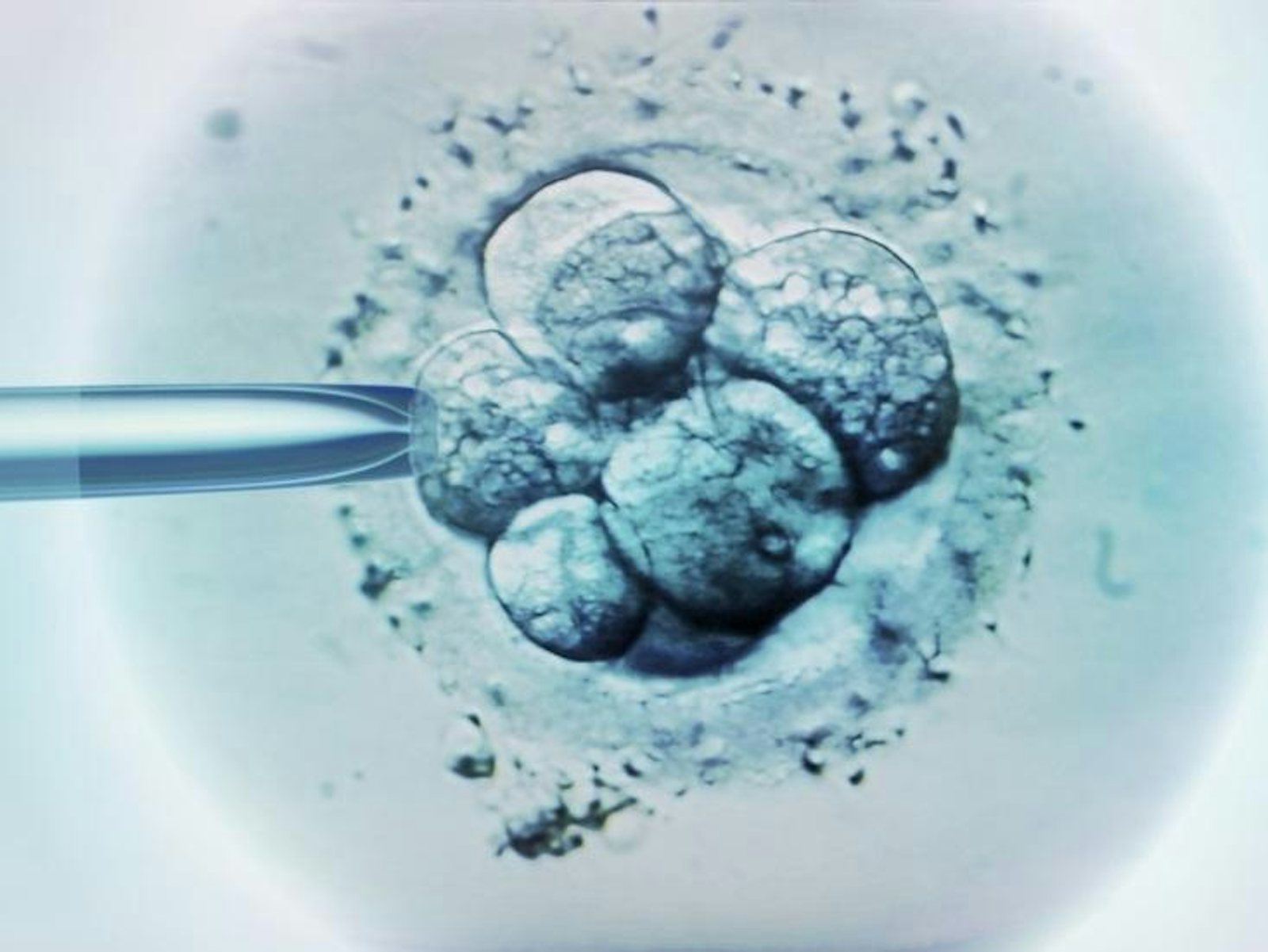
For women who have trouble conceiving, being told they’ll need assistance is often accompanied with a sense of dread: what they hoped would be a natural, quick, and inexpensive process (what’s cheaper than natural conception?) can change into a costly, drawn-out, and emotionally painful journey.
In vitro fertilization (IVF) has of course emerged as a common and effective option for couples having fertility problems, but it can cause problems. For example, younger women undergoing IVF are in danger of Ovarian Hyperstimulation syndrome (OHSS), where their ovaries get swollen and painful due to the hormones they take during the process, causing nausea, sickness, and potentially hospitalization and even death.
But a relatively new kind of IVF aims to make the process easier on patients and prevent problems like OHSS. In vitro maturation (IVM) is the slower, gentler version of IVF. In traditional IVF, a woman takes medications that “hyperstimulate” her ovaries to produce a fleet of mature eggs, which are then harvested, fertilized in a dish, and implanted back in the woman’s uterus. The process is intense and obtrusive: The patient is injected with powerful hormones and must return to a clinic many times for blood tests and ultrasounds to measure the follicles. When the follicles get to around 20 millimeters (four fifths of an inch), the staff extracts the eggs—usually between day 14 and day 21 of the patient’s cycle. The good eggs are then fertilized, and the embryos are cultured for a few days and then one or more are transferred back to the patient three to five days later.
For younger women, though, the stimulation process can create too many eggs and result in OHSS. “Lots of younger patients say ‘Oh my god, I was so sick!’ because they have are hyper-responsive,” says Janelle Luk, a reproductive endocrinologist and medical director of Neway Fertility in New York City.
With IVM, patients take smaller doses of fewer drugs, produce fewer eggs, and require less monitoring. Doctors retrieve the eggs much earlier in the cycle, around day 10, when the follicles measure 10–12 millimeters (about half an inch). These eggs that are just starting to develop are then matured further in the lab to prepare them for fertilization, then fertilized, as with traditional IVF. (IVM usually catches fewer eggs because the patient’s ovaries haven’t been hyperstimulated, as in regular IVF.) Competent embryos are then transferred back to the womb, hopefully resulting in a pregnancy some two weeks later.
As recently as 2012, IVM seemed to have a much lower rate of leading to live births. In August of that year a study published in Fertility and Sterility found that live birth rates were much higher in a group of IVF patients, at 44.3 percent vs. 16.5 percent over a matched group of IVM patients. But the study also showed IVM’s greater safety: OHSS rates were significantly higher in the IVF group—8.2 percent vs. 0 percent —than in the IVM groups. Out of 194 women in the IVM group, not one developed OHSS.
A more recent study, published in Reproductive BioMedicine Online last fall, found that the live-birth rate was still higher for IVF than for IVM but that the gap had narrowed somewhat: 40.7 percent vs. 23.5 percent. Again, not a single patient undergoing IVM developed OHSS, while several from the IVF group did.
IVM treatments are still relatively new and rare, and practitioners are still improving the process. In the future there will probably be better consensus on how to perform the procedure, and the success rate will likely increase further. “It [IVM] is much harder [than traditional IVF]—it takes much more skill to do it,” says Luk. “You need the right team to do it.”
In the earlier stages of assisted reproductive technology, more has always been the motto: more drugs given, more eggs retrieved, more embryos transferred. But as technology and skill of its practitioners improve, the industry is rethinking this barrage. Maybe less is more, or at least better. Some clinics now practice “mini” or “low-dose” IVF, where fewer drugs are given and fewer—but supposedly better—eggs are retrieved. And many clinics prefer to only transfer one embryo to prevent the birth of multiples, which increase health risks.
Considering the health risks of carrying and giving birth to multiples, one of IVM’s drawbacks—the fact that it produces fewer eggs—may not be much of a problem. In the words of Dr. Luk, “That’s not important. What’s important is one egg, one child.”






























